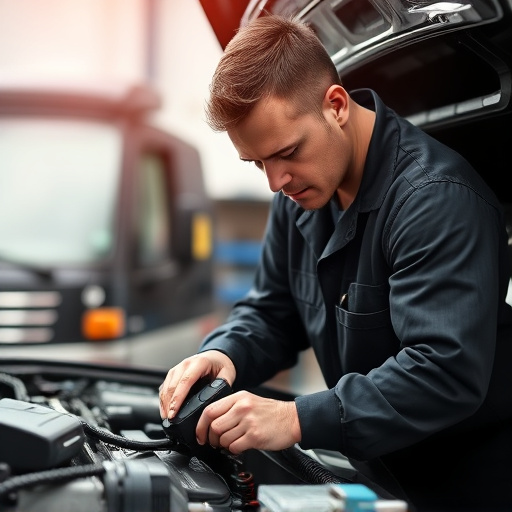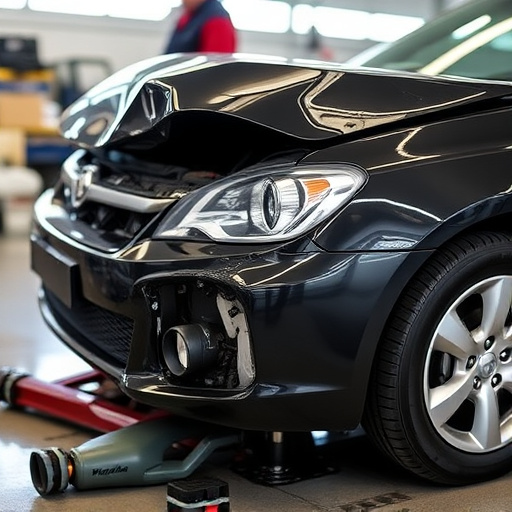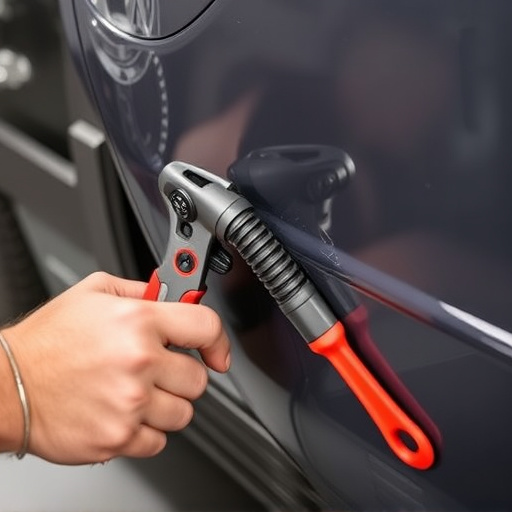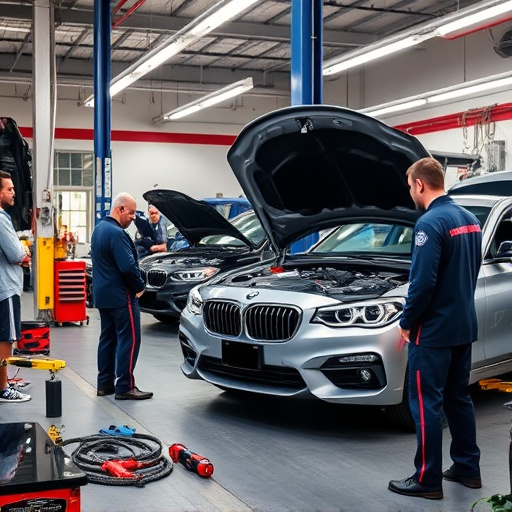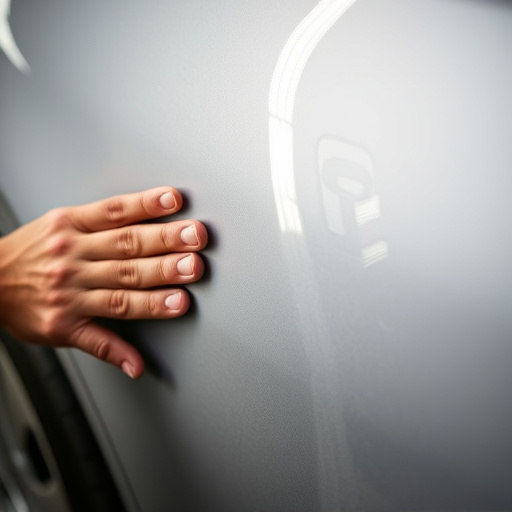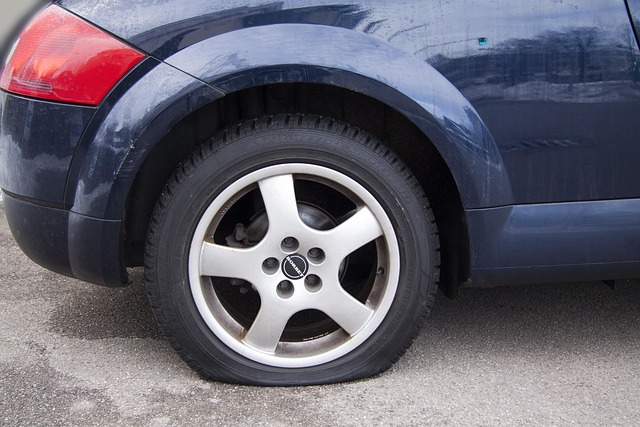Government incentives are pushing the automotive industry towards sustainable, eco-friendly collision repair practices. These include financial rewards for adopting green technologies and raising consumer awareness about environmentally conscious options. Key strategies involve educating customers and staff, collaborating with manufacturers on advanced recycling and materials, and maintaining high quality standards. Global case studies show successful adoption of eco-friendly collision repair techniques, with leaders like North America and Germany pioneering biodegradable materials and efficient systems to reduce environmental impact and foster innovation for a greener future.
“Government incentives play a pivotal role in shaping the future of the automotive industry, particularly regarding environmental sustainability. This article explores how these incentives act as catalysts for the adoption of eco-friendly collision repair practices. We will delve into the significant impact of such initiatives, providing insights on their effectiveness in reducing environmental footprints while repairing vehicles.
Furthermore, we present practical strategies and real-world case studies, showcasing successful transitions to green collision repair, all aimed at fostering a more sustainable automotive sector.”
- Understanding the Impact of Government Incentives on Eco-Friendly Practices
- Strategies for Implementing and Promoting Green Collision Repair Initiatives
- Case Studies: Successful Adoption of Eco-Friendly Collision Repair Techniques
Understanding the Impact of Government Incentives on Eco-Friendly Practices
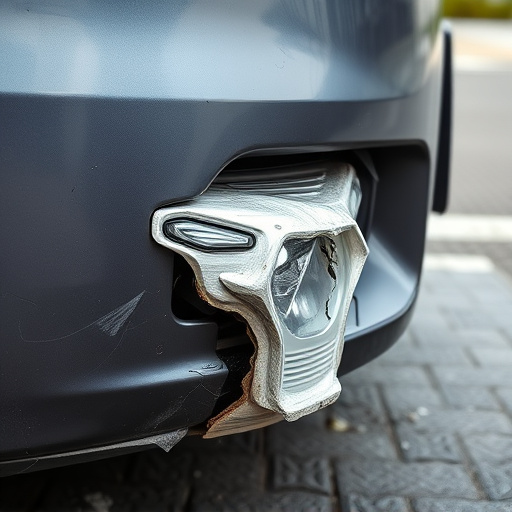
Government incentives play a pivotal role in steering the automotive industry towards sustainable practices, particularly within the realm of eco-friendly collision repair. These incentives, often in the form of tax credits, rebates, or grants, serve as powerful catalysts for encouraging businesses and individuals to embrace environmentally conscious approaches. By offering financial support, governments create an enabling environment where adopting eco-friendly techniques becomes more feasible and attractive.
The impact is twofold: it incentivizes vehicle body shops and auto collision repair centers to invest in green technologies and practices, leading to reduced environmental footprints. Simultaneously, these incentives raise awareness among consumers, encouraging them to choose eco-conscious options for their auto dent repair needs. This shift fosters a more sustainable automotive ecosystem, where traditional auto collision repair processes are replaced or enhanced by methods that prioritize sustainability without compromising quality.
Strategies for Implementing and Promoting Green Collision Repair Initiatives
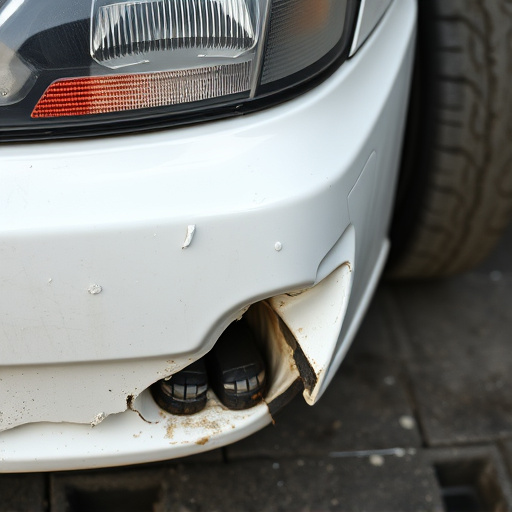
Implementing green initiatives in collision repair involves a strategic approach that goes beyond offering basic eco-friendly services. One key strategy is to educate and engage both customers and staff about the environmental benefits of sustainable practices. This can be achieved through workshops, informative materials, and promoting certified green technicians who are well-versed in car body restoration techniques that minimize waste and pollution.
Additionally, collaboration between collision repair shops, government agencies, and eco-conscious automotive manufacturers is crucial. Offering incentives for adopting advanced recycling systems, using biodegradable materials, and implementing efficient energy management practices can drive the industry towards widespread eco-friendly collision repair. These partnerships can also facilitate access to sustainable supplies, ensuring that car collision repair services keep pace with environmental standards while maintaining high quality standards in restoration work.
Case Studies: Successful Adoption of Eco-Friendly Collision Repair Techniques
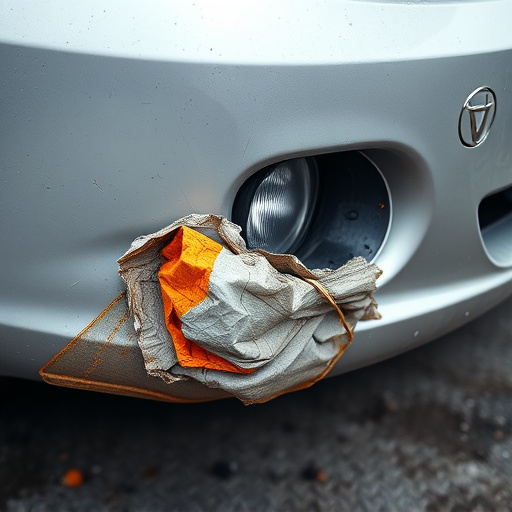
In recent years, several case studies have highlighted the successful adoption of eco-friendly collision repair techniques across various regions. For instance, in North America, leading automotive manufacturers and repair shops have implemented green initiatives that reduce waste and emissions during vehicle repair services. These efforts include using biodegradable materials for dent removal and adopting water-based painting systems that minimize air pollution compared to traditional solvent-based paints.
Moreover, European countries like Germany have pioneered the use of recycled materials in collision repair services, significantly lowering the environmental impact. This shift towards sustainability has not only contributed to a greener landscape but also fostered innovation within the industry. As more communities and businesses recognize the benefits of eco-friendly practices, the adoption of these techniques is expected to grow, driving a more sustainable future for vehicle repair services worldwide.
Government incentives play a pivotal role in encouraging the adoption of eco-friendly collision repair practices. By offering tax credits, grants, and subsidies, governments can significantly reduce the financial burden on businesses transitioning to greener methods. This article has explored various strategies and case studies demonstrating that these incentives not only promote environmental sustainability but also foster innovation and create a more sustainable automotive industry. As we move forward, continued support for eco-friendly collision repair initiatives will be crucial in achieving a greener future.


